In order to effectively rid yourself of ticks in your home, the first step should be making your property unsuitable for their presence by trimming bushes and clearing away woodpiles near your residence.
Tick-repelling plants can help prevent deer, raccoons and dogs from carrying ticks into your backyard – yet this only offers partial solutions.
Identifying the Ticks
Ticks are parasites, feeding off of the blood of host animals while latching onto them for sustenance. Ticks can become serious health risks when feeding on host blood, including Lyme disease and Rocky Mountain Spotted Fever, according to the Centers for Disease Control. Most tick-borne illnesses appear during summer when more time is spent outdoors by people and ticks become active.
Tick species often look alike and can be difficult to distinguish without using a microscope. Nymphs – early stage ticks with six legs – appear small while adults possess eight.
Pest control experts can perform an in-depth search of your property for ticks. They’ll look out for areas with overgrown plants that may harbor ticks; such as tall grass or brush, mulch beds and shady spots. They might even hunt down raccoon and skunk nests – these may contain and transport ticks into your yard – before suggesting ways to remediate those areas by clearing away excess plant life that can help prevent tick infestations.
Treatment Options
Ticks are parasitic arachnids that carry disease pathogens. If you detect one on yourself, remove it promptly in order to decrease the chance of infection and treat any bite sites with antibacterial cleanser or ointment as soon as possible. Seal the tick in an airtight jar or Ziplock bag so it can be sent directly to a physician for identification purposes.
Perimeter spray treatments are the most efficient way to combat deer ticks in lawns, shrubbery, perennial beds and wooded areas. Spray applications using low toxicity chemical pesticides like bifenthrin or permethrin are eco friendly while still being safe for pets, children, and adults.
To reduce tick populations in your yard, clear away tall grasses and brush around your home and lawn edge, stack firewood neatly in dry areas so as to deter rodents from spreading ticks, remove debris such as old furniture mattresses or trash that provides tick-hiding places, and avoid leaving pets alone outdoors especially in wooded areas.
Preparation
Ticks are parasitic ectoparasites that feed on mammal, bird, reptile and amphibian blood for sustenance, as well as spreading diseases such as Lyme disease and Rocky Mountain spotted fever. With regular tick control measures in place, your risk can be reduced significantly.
Professional tick exterminators use chemical pesticides to kill ticks and prevent their return. Treatment costs depend on factors like the area affected, treatment type and company providing their services.
At your consultation appointment, the exterminator will conduct an inspection to identify the source of infestation. They may recommend outdoor maintenance that reduces tick infestation by trimming tall grass and bushes, clearing wooded areas and removing debris – keeping wood piles neatly stacked also discourages rodents and wildlife from introducing ticks into your yard.
Protect yourself and your family by wearing clothing designed to cover as much bare skin as possible, such as tucking pants into socks and wearing long sleeves; permethrin can also be applied directly onto clothing and camping gear for long-term protection from ticks.
Post-Treatment
Ticks can spread serious diseases to humans, including Lyme disease, Rocky Mountain Spotted Fever and Tularemia. People living in areas where these illnesses are prevalent should hire professional tick removal and control services on a regular basis for optimal protection and removal services.
Ticks respond to scent, vibration and exhaled carbon dioxide from their potential hosts by climbing tall grasses, weeds, fences and sides of buildings where they can wait until a suitable host arrives – then attach and begin feeding immediately.
Once ticks have had enough blood to satisfy their bloodlust, they tend to leave their hosts and seek shelter nearby – often finding refuge behind baseboards, window and door moldings, furniture etc. until another host appears – for effective control it is essential that all cracks and crevices in an infested premises be treated immediately.
